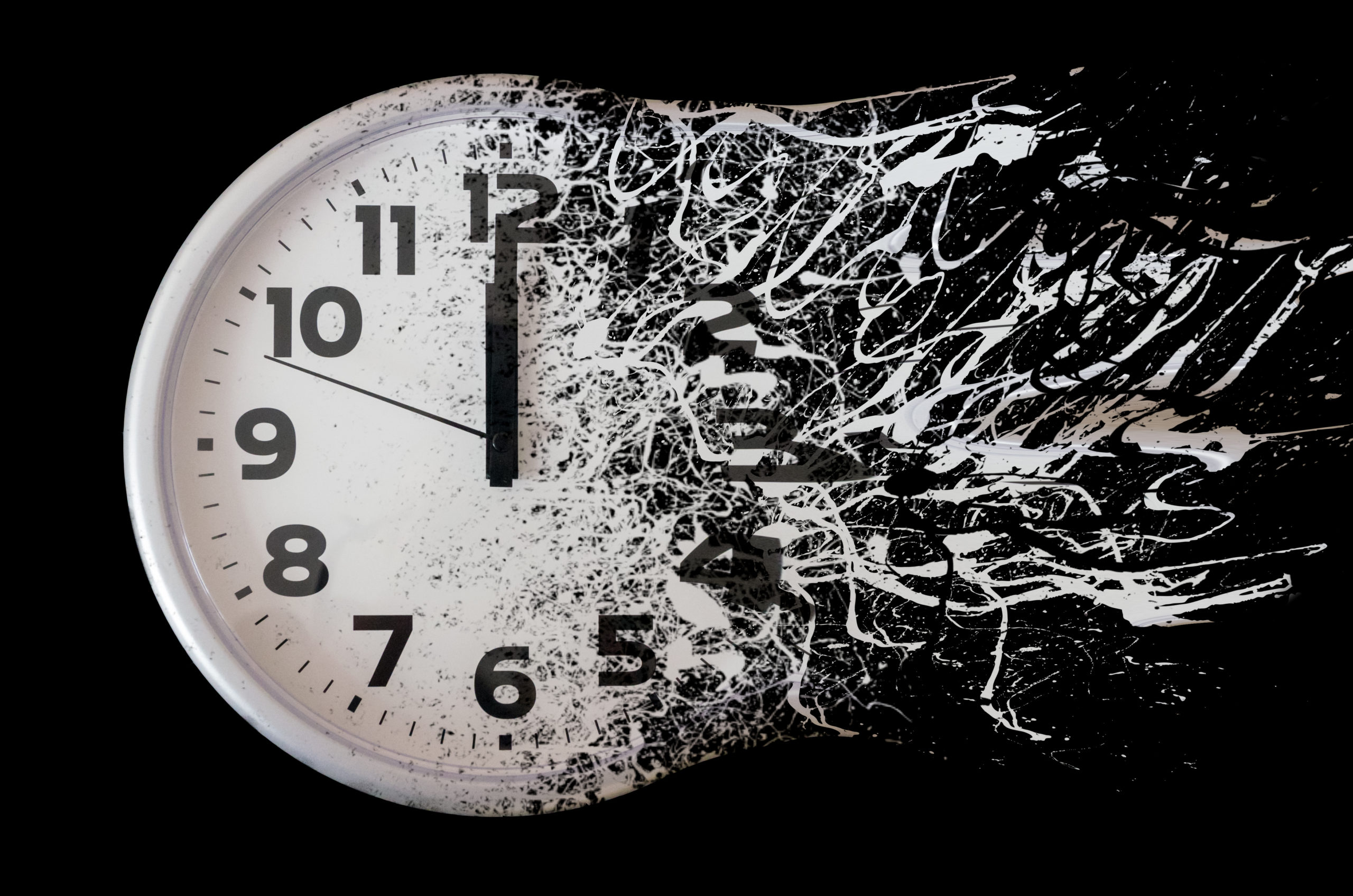One of the most fundamental human beliefs is the idea that we are autonomous — that our unique desires come from deep within. But what if the truth is more complicated?
According to Luke Burgis, veteran entrepreneur and author of Wanting: The Power of Mimetic Desire in Everyday Life, which draws from the work of French polymath René Girard, our desires are memetic. In other words, they are strongly shaped by models around us, whether that be celebrities, influencers, or our own peers. We are, in fact, a product of other people’s desires.
Burgis distinguishes between two types of desire: thin and thick. Thin desires are ephemeral and easily influenced by external factors, while thick desires are rooted in our core beliefs and values. In order to take control of our desires and avoid being pushed and pulled in directions that aren’t true to ourselves, we must identify the difference between the two.
Burgis: Man is the creature that doesn't know what to desire. So we look to other people in order to know. We're very different than any animals. Animals have instinctual responses; they're hungry, they eat. If they're cold, they look for warmth. And we have those instinctual drives, too. But how we're different is that we have this whole universe of abstract desires that we don't have any kind of internal radar for. We don't have a mechanism for choosing between these objects of desire. Desire requires forces that are bigger than ourselves. If we could snap our fingers and want anything, then the world would be a very different place. But that's not the way that desire works.
So what is mimetic desire? To say that desire is mimetic is to say that it's imitative. We look to models of desire. People that help show us what is worth wanting. There's kind of a certain humility needed to understand that, "I'm the product of other people's desires, starting with my parents, starting with the friends that I had when I was a kid." We continue that process of mimetic desire well into adulthood, where it goes underground and becomes a lot more hidden than it is when we're children.
There are two kinds of desire, thin and thick. Thick desires are like these layers of rock that have been built up throughout the course of our lives. These are desires that can be shaped and cultivated through models like our parents and people that we admire as children. But at some level, they're related to the core of who we are. They can be related to perennial human truths: truth, beauty, goodness, human dignity. Every human being has them. What I call thin desires are highly mimetic and ephemeral desires. They're the things that can be here today, gone tomorrow. They're subject to the winds of mimetic change, because they're not rooted in a layer of ourselves that's been built up over time. I think of thin desires like a layer of leaves that's sitting on top of layers of rock. Those thin desires are blown away with a light gust of wind. A new model comes into our life; the old desires are gone. All of a sudden we want something else.
A lot of people will find out that their careers are the product of thin desires. And as soon as they have a powerful enough model in a different career, they change, and then they do that four or five times before they realize that they never rooted their journey in the thick desires that will not so easily be shifted by other people. Being able to identify the difference between thin and thick desires is the key to taking back some control about the desires that we feed and the desires that we let go because we recognize them as not bringing us ultimate fulfillment.
In the stream of daily life, we're pushed and pulled in a million different directions. And if we don't extract ourselves and find time for recollection, we won't be able to listen to our lives, to listen to others, and to understand the way that our relationships and our desires are growing and emerging. And we'll be surprised if five or ten years from now, we want something or we've pursued desires that have led us to a place that we really may have not wanted to go. The listening is critical to the transformation. Parker Palmer said that, "Before I can tell my life what I want to do with it, I have to listen to my life telling me who I am." How many of us do that?
So if we want to desire differently, mime your life for those stories when you were engaged in deeply meaningful and fulfilling action, and see if there's a pattern. I promise you, if you go through your life and you identify three, four, five of these fulfillment stories, you will probably begin to see a pattern emerge. And that's your life telling you something about where you find fulfillment in your desires. We usually wanna get to the transformation and the change right away, but before we can go there, we have to simply take the time to listen.






